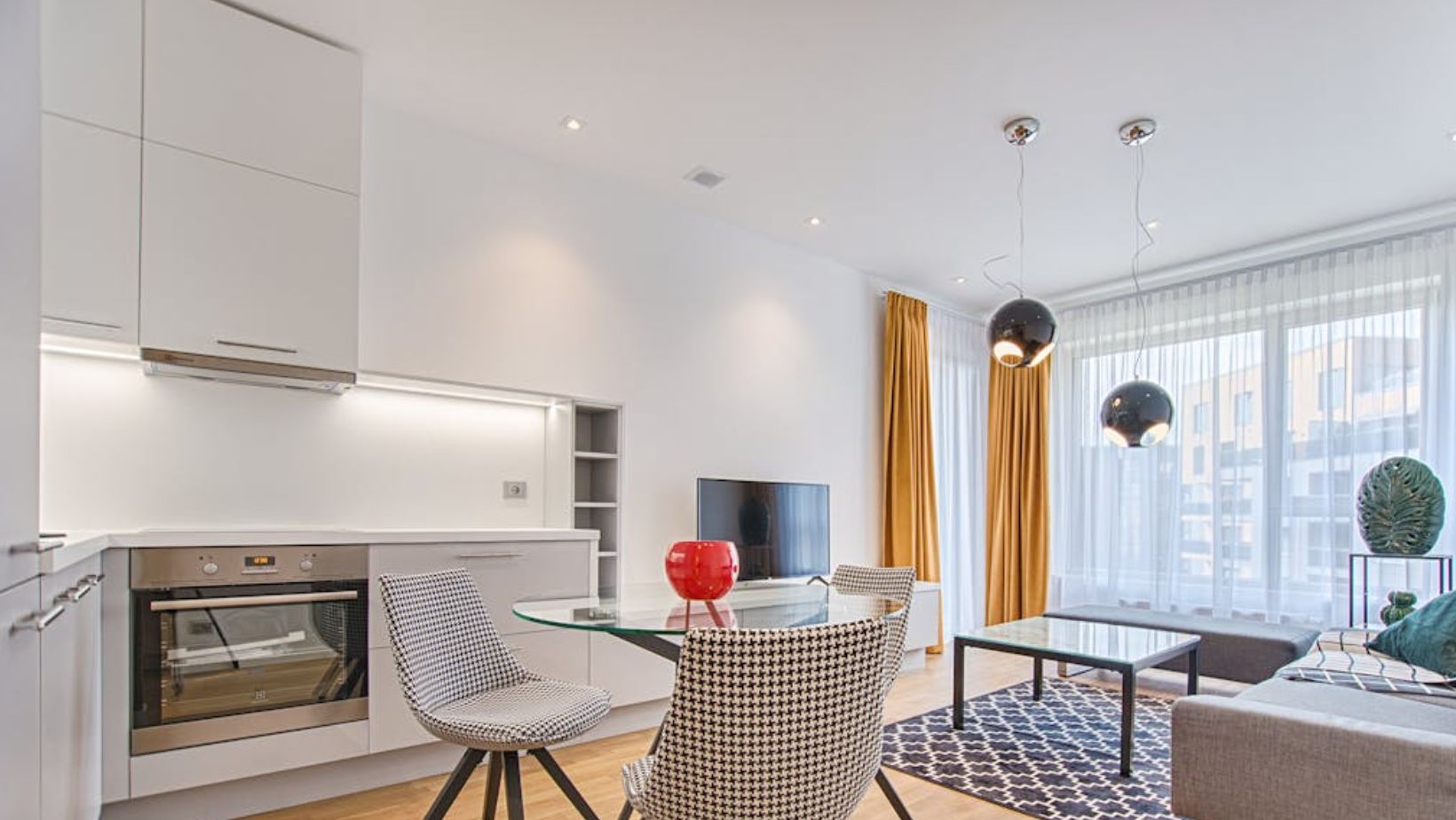What is it with light? We see it every day, but we don’t often stop to think about how it affects us. It helps us see, of course—but it also plays a much larger role in how we feel, think, and act.
It’s not just about visibility. The kind of light you’re surrounded by can shift your entire mood. With the right lighting, your day can feel smoother, your energy can last longer, and your mindset can change—sometimes without you even realising it.
Let’s take a closer look at how the right kind of light can make a real difference.
Natural Light Encourages a Positive Outlook
Spending more time in natural light can help lift your spirits. Whether you’re sitting near a window or taking a walk outside, sunlight signals your brain to become more alert, more relaxed, and more emotionally balanced. It also helps your body produce vitamin D, which supports bone health and immune function. Sunlight exposure also has strong links to mood stability.
Homes in places like California are often designed to welcome plenty of light, supporting daily focus and emotional well-being. Over in Manchester, UK, where grey skies are more common, people often rely on layered curtains and blinds to maximise whatever daylight is available.
In Australia, where sunlight tends to be stronger, managing indoor lighting is just as important as handling outdoor exposure. That’s where services such as Newcastle Blinds & Shutters come into play—offering tailored window solutions that help you control how much light enters a space. The right window coverings can shape how calm, alert, or comfortable a room feels throughout the day.
Light Helps Set Your Mood
Lighting does more than brighten a space. In fact, it communicates directly with your brain. Natural daylight encourages the release of serotonin, a chemical linked to feelings of calm and contentment. The more exposure you get to this kind of light during the day, the more stable your mood is likely to be.
Many people find their mood dips in dim or poorly lit spaces. That’s because darker lighting cues the brain that it’s time to wind down—even if it’s midday. Over time, this can impact your energy levels and reduce motivation.
The colour of your lighting also plays a role. Cooler tones can feel energising and crisp, while warmer tones help create a relaxed atmosphere. If the lighting in your home or workplace isn’t aligned with your brain’s needs, your mood might shift, and you may not even know why.
Light Supports Your Energy Levels
Your body responds quickly to light, especially in the morning. Exposure to bright light early in the day helps reduce the production of melatonin, which is the hormone that makes you sleepy. As melatonin levels drop, your body feels more awake and ready to take on the day.
People often notice they feel more alert in sunlit rooms or under clear, cool lighting. This can make it easier to get started on tasks and stay focused. That’s why well-lit classrooms, offices, and home workspaces often lead to better performance.
On the flip side, low lighting encourages your body to wind down—even when your to-do list is full. It can make it harder to think clearly or stay motivated. Striking the right balance between natural and artificial light can help sustain your energy throughout the day.
Wrong Light at the Wrong Time Can Affect Your Mindset
Excessive exposure to artificial light late at night can disrupt your body’s internal clock. Your brain may misread the signals and delay the release of melatonin, making it harder to feel sleepy when it’s time for bed. This delay can lead to restless, shallow sleep, which doesn’t give your body or brain the full rest they need.
After a poor night’s sleep, even small challenges can feel more stressful. You might think more slowly, react less quickly, and have less patience. These changes often stem from your body being out of sync with its natural sleep-wake rhythm.
To prepare for rest, it’s best to use dimmer, warmer lighting in the evening. Reducing screen time or switching devices to night mode can also help. Being mindful of how much light you’re exposed to before bed can improve both your sleep quality and how you feel the next day.
The Right Light Helps You Stay Mentally Sharp
Clear thinking often starts with a clear environment. When your space is bright and evenly lit, your brain finds it easier to focus and process information. That’s why schools and workplaces often use bright, cool-toned lights to help maintain concentration.

Dim lighting, on the other hand, may leave you feeling drowsy or disinterested. It can also lead to eye strain or headaches if you’re reading or working for long periods. The discomfort it brings can hinder productivity and mental clarity.
Matching your lighting to the task at hand is a simple but effective way to support sharper thinking. Cooler light suits active hours like working, studying, or cleaning, while warmer light is better for relaxing or winding down. With just a few smart lighting choices, you can create a space that supports your mental clarity rather than draining it.
Final Words
Light does more than fill a room. It also fills you with energy, mood, and focus. The type of light you live with can influence how you feel and how well you navigate your day. With a few thoughtful adjustments, your environment can support a better mindset—one hour at a time. It’s a small shift that can make every day feel a little brighter.



